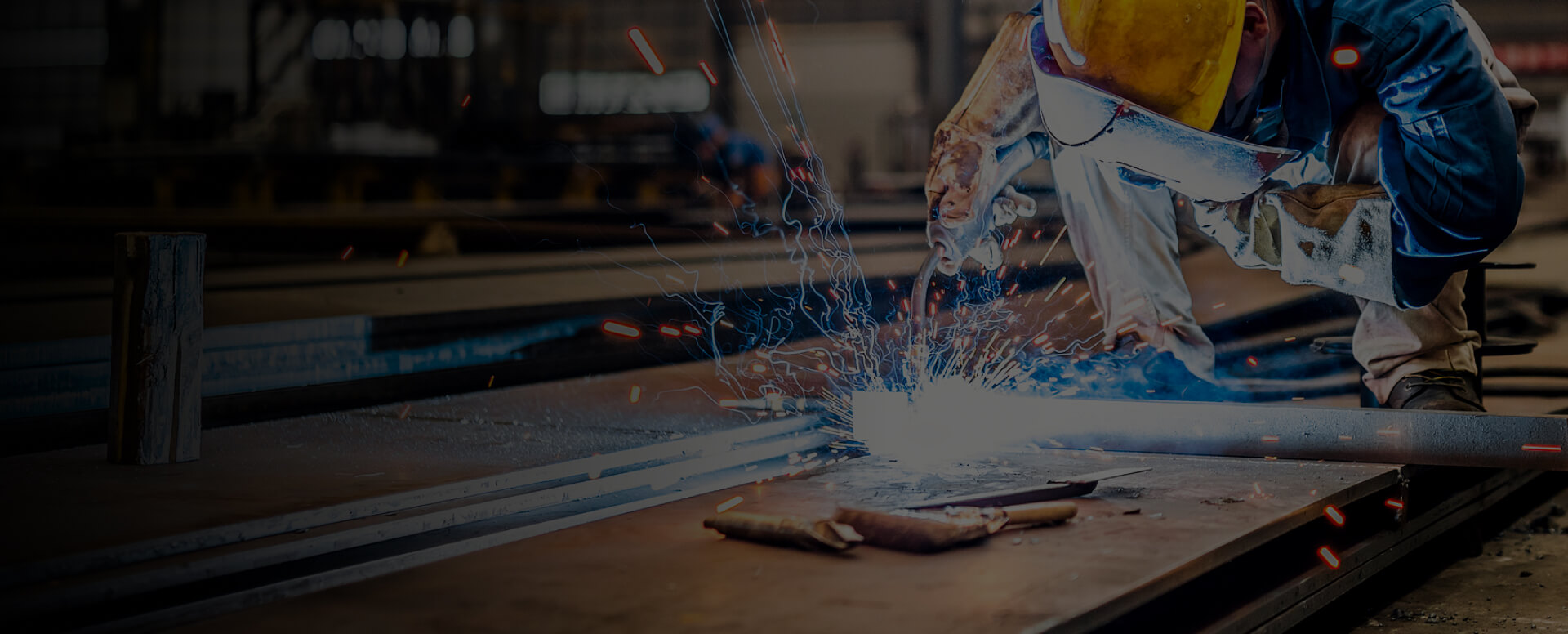
Color as a Quality Indicator
Silver-White: Ideal, indicating minimal oxidation Light Gold: Acceptable, slight oxidation Dark Blue/Purple: Unacceptable, requires evaluation Gray/White Powder: Critical failure, must be reworked
Why Lag Discoloration Occurs
Premature Gas Cut-off: Stopping argon too early after welding Extended High-Temperature Exposure: HAZ remains above 400°C post-weld
Consequences of Weld Discoloration
Hydrogen Cracking: Delayed fracture under stress Loss of Corrosion Resistance: Degraded performance in critical applications
Prevention Strategies
Related Articles

How To Solve The Problem of Spheroidization in Aluminum MIG Welding Wire?
Solving Aluminum MIG Welding Wire Balling: Causes and Smart SolutionsAluminum is widely used in high-end manufacturing, such as aerospace and new energy vehicles, due to its lightweight and corrosion resistance. However, aluminum MIG welding often faces a frustrating issue—wire balling, where the wi

Why AC Current Is Essential for Aluminum Welding?
Aluminum is everywhere—from smartphones and laptops to aerospace components—valued for its light weight, corrosion resistance, and aesthetic appeal. However, welding aluminum presents unique challenges that often require alternating current (AC) rather than direct current (DC). Here’s why.The Challe

What is the typical cost of mig welding?
Understanding MIG Welding Costs: A Detailed BreakdownThe cost of MIG welding can vary significantly depending on the scale and complexity of the project. For small DIY tasks, expenses may be relatively low, with basic equipment ranging from 400 to 2000. In contrast, large commercial or industrial pr

What Are The Compounds in Welding Fumes And Their Associated Health Risks?
Welding fumes pose significant health hazards, with the International Agency for Research on Cancer (IARC) classifying all welding fumes as Group 1 carcinogens. Beyond cancer, exposure can lead to acute and chronic issues, including cardiovascular, neurological, hematological, and renal diseases. Pr

How Does Plasma Cut Rock?
Yes, plasma can cut rock, but effectiveness depends on rock composition, plasma temperature, and operational costs. This process utilizes extreme heat from ionized gas to melt or vaporize geological materials.Principles of Plasma-Rock InteractionThermal MechanismsPlasma cutting relies on transferrin

Does Plasma Cutting Harden Steel? Understanding Thermal Effects and Mitigation
Plasma cutting can induce localized hardening in the heat-affected zone (HAZ), with the extent of this hardening depending on factors such as cutting speed and steel composition. This article examines the mechanisms, research findings, and practical implications of plasma-induced hardening.How Plasm

